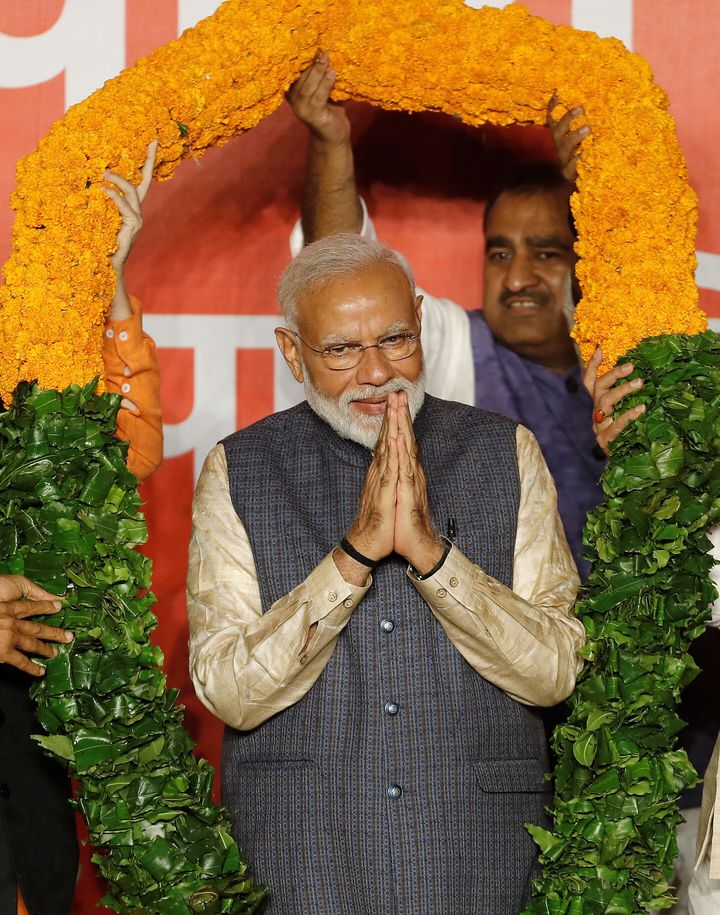
On 24 May 2019, a day after Narendra Modi returned to power with an even bigger majority than in 2014, Swapan Dasgupta, a senior BJP leader and Rajya Sabha MP, tweeted: “With 40 per cent of the vote in West Bengal, BJP is the preferred party of Bengali Hindus. TMC is the preferred choice of other communities. This reality must be acknowledged.” Muslims constitute roughly 30% of West Bengal’s population.
In Uttar Pradesh, India’s largest state where Muslims are one-fifth of the population, the BJP did not field even one Muslim candidate in the 2014 Lok Sabha, 2017 Assembly and 2019 Lok Sabha elections. Yet, the BJP swept all these elections, its vote share going up to 50% in 2019.
Assuming that Muslims did not vote for the BJP in these states, it appears that around two-thirds of Hindus have voted for the party. This has given rise to a debate on whether India is on its way to becoming an ethnic (read Hindu-dominated) democracy. After all, the BJP is winning election after election across the country—barring states such as Tamil Nadu, Kerala and Andhra Pradesh in the south—by managing to consolidate Hindus behind it. Not only is the party getting away with denying representation to Muslims, it has also managed to unite Hindus beyond the hitherto antagonistic fault lines of caste and geography as a majority ethnic group with shared hostility to minorities in general and Muslims in particular.
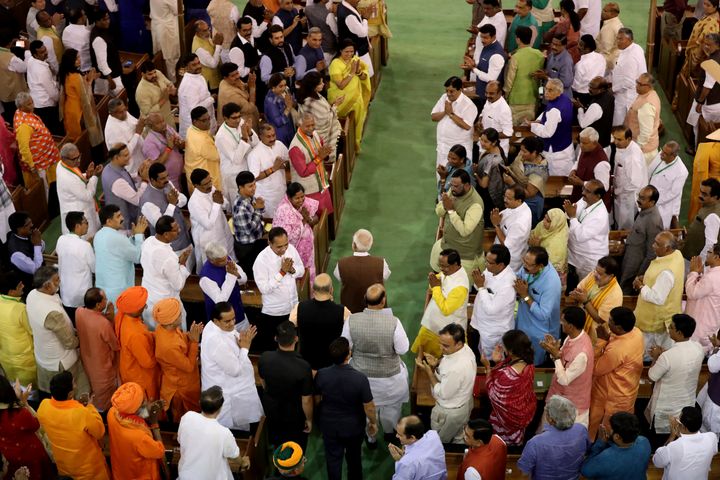
Israeli sociologist Sammy Smooha is credited with popularising the concept of ethnic democracy, and has outlined a tenuous combination of four features which define it. They are: a majoritarian electoral procedure, respect for the rule of law, respect for individual citizenship rights and institutionalised dominance of majority ethnic group in societal realm. Using this framework can help us understand whether India has actually turned into an ethnic democracy or not.
1. A majoritarian electoral procedure
India follows the First Past the Post ( FPTP) electoral system, also referred to as majority voting system, where the winning candidates merely have to be ahead of their rival candidates in their respective constituencies rather than cross the 50% mark of total polled votes. In a country where the population ratio of Hindus and other religious groups is roughly 80:20, minority candidates would institutionally be in a weaker position to sail through the electoral fray. Therefore, it is a fact that the Indian electoral system creates a disincentive for minorities of all hues and institutionally ensures the return of majority groups from electoral constituencies.
Secondly, since 2014, opposition parties have hesitated to give representation to Muslim candidates, fearing that this would lead to Hindu-Muslim polarisation and benefit the BJP—another feature that confirms the majoritarian traits of India’s electoral system.
However, this does not necessarily mean that India’s electoral procedure is entirely majoritarian in nature and that minority communities have no hope of a fair fight.
“The BJP’s mandate has to be seen as an interplay of its supporters with a pro-Hindutva and anti-dominant caste outlook.”
To understand this, it’s important to look at why the FPTP voting system was introduced as well as the shifting conceptions of what constitutes the majority in India.
Ahead of independent India’s first general election, there were debates about the desirability of adopting other voting systems, primarily the proportionate electoral system, which creates parity between a party’s vote share and the seats allotted to them. But the FPTP system was finally adopted due to two reasons: one, Indians were familiar with the British electoral model, which follows the FPTP system, and two, it was relatively less complicated at a time when the majority of Indians, who needed to understand the voting mechanism for the first time, were poor and illiterate.
Interestingly, the same system also brought in 9% Muslim electorate (nearly proportionate to Muslim population then) in 1980 when the Congress returned to power under Indira Gandhi after the Emergency. Therefore, the primary purpose behind the introduction of majority voting system in India wasn’t the denial of due representation to minorities but rather keeping the system simple for illiterate and poor masses in the first election.
Many commentators have asked why the RJD failed to get a single seat in Bihar and why candidates such as Dimple Yadav, the wife of Samajwadi Party president Akhilesh Yadav, lost in Uttar Pradesh. The usual rhetoric around Hindu-Muslim polarisation does not help us understand why this happened.
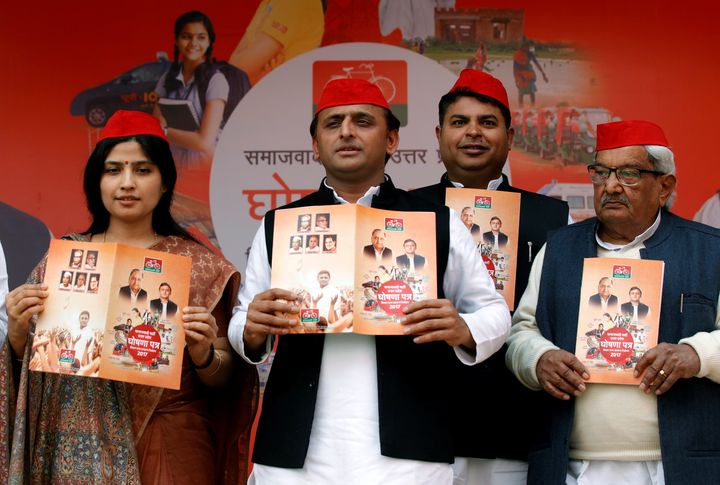
The answer lies in the BJP’s strategy of othering the dominant intermediary castes in north and western India.
The BJP’s mandate has to be seen as an interplay of its supporters with a pro-Hindutva and anti-dominant caste outlook. Take, for instance, the examples of Uttar Pradesh and Bihar. The opposition alliance in UP, led by SP and BSP, fielded as many as 10 candidates from the Yadav caste alone while the BJP fielded just one. Similarly, in Bihar, the RJD-led opposition fielded one-fourth of its candidates from the Yadav caste while NDA fielded candidates from a diversified section of non-upper caste Hindus. Similarly, in Haryana, while the Congress gave more representation to dominant Jats, BJP played the anti-Jat card. In the tribal-dominated Jharkhand and Maratha-dominated Maharashtra, the BJP chief ministers are the non-tribal Raghubar Das and non-Maratha Devendra Fadnavis. In Modi’s home state Gujarat, while the Congress tried to gain traction by appealing to the dominant Patidar caste by coopting leaders such as Hardik Patel, the BJP’s social engineering appealed to non-Patidar sections.
In every case, the unsaid but intense subtext of BJP’s victory remains the same. The saffron party does two kinds of othering. The othering of Muslims has been a feature of the party since its inception in varying degrees. But what has given it a strong foothold in the above-mentioned states is the othering of dominant intermediary castes such as Yadavs, Jats, Marathas and Patidars, who are aligned to dominant regional parties.
“The BJP’s political success from 2014-2019 is as dependent on sharpening divisions among Hindus as it is on sharpening the Hindu-Muslim divide."”
It must be noted that these dominant intermediary castes have been the ruling elites since the 1960s in states such as Gujarat, Haryana and Maharashtra and since the 1990s in Uttar Pradesh and Bihar. When their dominance began, fellow subalterns also hoped that they also would get a share in the deepening of democracy. However, the weaker subalterns realised that most of the socialist or non-Brahmin politics was catering to just one intermediary caste—Yadavs in Uttar Pradesh and Bihar, Patidars in Gujarat, Marathas in Maharashtra and Jats in Haryana. The BJP’s success since 2014 has to be seen in this background, wherein the party started promoting numerically weaker OBCs as its regional faces, who then emerged as the mascot of aggressive Hindutva.
One should remember that Modi as a chief minister hailed from the numerically insignificant Ghanchi (oilpresser) caste. Similarly, the three-term Chief Minister of Madhya Pradesh, Shivraj Singh Chauhan, hailed from a lower OBC kirar caste. Other aggressive Hindutva faces such as Kalyan Singh and Uma Bharti are from the backward Lodh caste while Vinay Katiyar, the founding president of militant Bajrang Dal, hailed from the backward Kurmi caste. In Maharashtra, the party’s face was the non-Maratha and backward caste leader Gopinath Munde, who died in 2014.
Similarly, among Dalits, BJP tends to privilege numerically weaker sections like non-Jatav-Chamars in Uttar Pradesh and Bihar and non-Mahars in Maharashtra, who have been under-represented in the Dalit-centric Ambedkarite parties such as BSP and others.
Thus, the BJP’s political success from 2014-2019 is as dependent on sharpening divisions among Hindus as it is on sharpening the Hindu-Muslim divide.
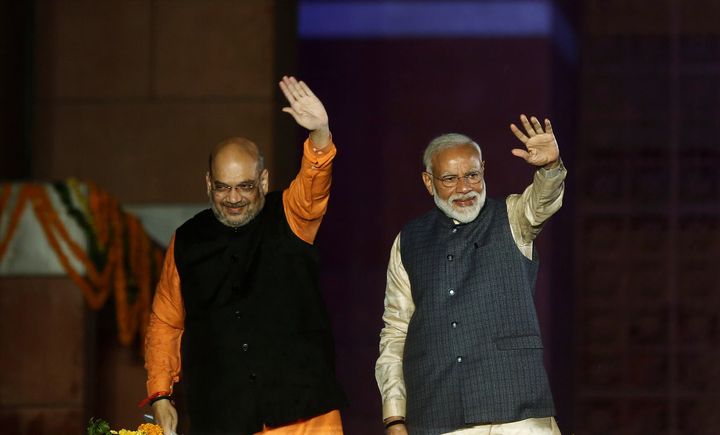
2. Respect for the rule of law
In most of post-colonial society, respect for the rule of law has been scant. From caste-based atrocities and ethnic clashes to communal riots, India has seen multiple examples of how fragile people’s respect for the rule of law can be. But since 2014, when BJP came to power under Modi, there has been a qualitative shift in this. While violence related to caste, gender and ethnicity continued, the instances of anti-Muslim violence, especially from Hindu cow-vigilante groups, saw a colossal increase, as signified by incidents like the lynching of Mohammad Akhlaq and Pehlu Khan. And while Modi has either kept silent about this or made some token remarks late in the day, many of his MPs and ministers like Sakshi Maharaj and Giriraj Singh have consistently made communally provocative remarks. Most of these offenders were fielded as candidates in 2019 too, indicating the tacit encouragement they get from the top.
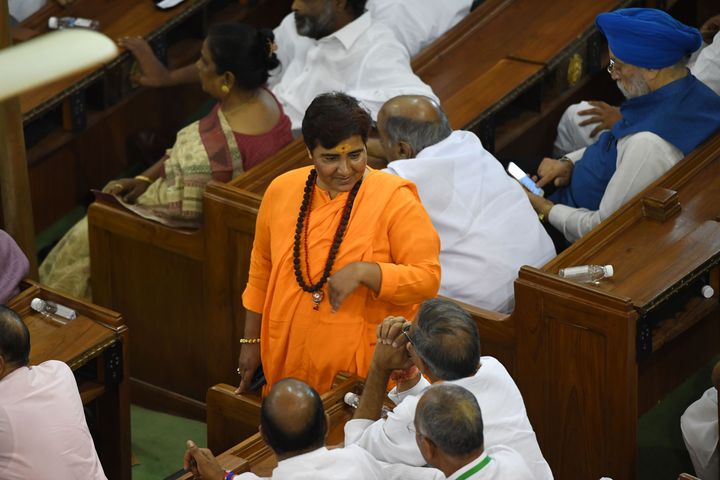
While Modi bowed to the Constitution of India before beginning his speech to MPs last week, there is little assurance that his minions will take a clue from the same. While India’s first terror-accused MP Pragya Thakur hasn’t said anything provocative since the furore over her eulogising Nathuram Godse, it is only a matter of time. Similarly, vigilantism in the garb of anti-Romeo squads and encounter-Raj have been on the rise in Uttar Pradesh since Yogi Adityanath took over.
3. Respect for individual citizenship rights
There are two ways of assessing the state of citizenship rights in any country, one in theory and the other in practice, that is, the de-jure aspect and the de-facto aspect. In the case of India, the de-jure aspect of citizenship and the constitutional rights granted to every Indian—fundamental rights related to life, liberty and equality—is excellent. But the translation of the same in practice has been hampered due to parochial and hierarchical socio-cultural outlooks. While the fundamental rights available to every citizen does not always lead to implementation, women and sexual/religious minorities, particularly Muslims, Dalits and tribal people, have been more at the receiving end. Nevertheless, more often than not, the state has prevailed over the inegalitarian societal realms when issues of discrimination have caught the country’s attention.
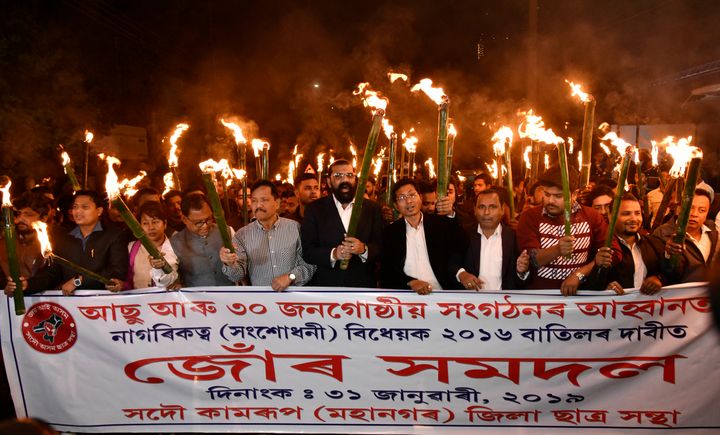
However, of late, the BJP government has attempted to make the precarious de facto discrimination of an individual’s citizenship rights de-jure, as evident from its attempt to pass the controversial Citizenship (Amendment) Bill, 2016, which aims to change the territorial and inclusive basis of attaining Indian citizenship by introducing a religious basis to it. So the current ruling dispensation is attempting to convert Hindus into a unified Zionist bloc, with a complete othering of the Muslims. To that extent, the ruling party and its affiliates share a sense of ethnic outlook of democracy.
4. Institutionalised dominance of majority ethnic group
Political scientist Christophe Jaffrelot has written that the proportion of Muslims in elite institutions such as India’s civil services and intelligence agencies is less than 5%. It’s even less in the case of the Army. While this has been a feature since Nehru’s time, it used to be offset by the fair representation in state assemblies, Lok Sabha and the Rajya Sabha.
However, since Modi has taken over, even Muslim institutional representation has shrunk considerably.
Thus, it has been argued that India is turning into a form of ethnic democracy with the systematic denial of a fair institutional representation for Muslims, even as the representation of Hindus from the marginalised castes is increasing (case in point: President Ram Nath Kovind).
So, is India a Hindu Rashtra now?
In this backdrop, it may be tempting to argue that with the Hindu subalterns coming into the saffron fold and their reward in terms of institutional representation right up to the highest positions of the republic means that a Hindu consolidation as envisaged by Savarkar and Golwalkar is complete. This would also mean that all the social and political movements that people from oppressed castes have been conducting against the dominant castes have been co-opted under the rubric of Modi-led Hindutva, thereby making Hindus a majority ethnic bloc.
However, this would be a lazy analysis that misses the subtexts of the mandate in 2014 as well as 2019, besides taking a simple view of the underlying set of reasons accounting for Muslim underrepresentation in the elite and representative institutions of the state.
First, the under-representation of Muslims in elite institutions such as IAS and IPS must be seen in the context of community’s socio-educational backwardness. The Sachar Committee report had pointed out that Indian Muslims can be broadly divided into three categories of Ashrafs, Ajlafs and Arzals. The committee found that the condition of Ajlaf and Arzal Muslims, who constitute more than 80% of India’s Muslim population, was worse than that of Hindu Dalits, wherein they constitute the bulk of school dropouts and mostly do menial and daily wage labour. This is a major reason for the underrepresentation of Muslims in elite institutions as a proportion of their population.
“The social and political movements that people from oppressed castes have been conducting against the dominant castes have been co-opted under the rubric of Modi-led Hindutva, thereby making Hindus a majority ethnic bloc."”
Secondly, until recently, the share of Muslims getting elected to the upper House of the parliament and appointed as state governors by non-BJP governments was from the dominant Ashrafs. Thirdly, the Congress, as well as OBC-centric parties such as SP and RJD, have only catered to the interests of elite Muslims when it came to minority representation. Therefore, the systematic institutional decline of Muslims has to be seen in terms of their social stratification as well, rather than the way BJP and other Hindutva outfits have been homogenising the community.
It’s no secret that the BJP and its other Hindutva affiliates want to convert Hindus into a majoritarian ethnic bloc, leaving little institutional access and representation for minorities. However, any attempt to do this would exclude other sections of Hindus, as outlined in the first section. Hindus as a community are politically fractured, thereby negating the possibility of India’s entry into the illiberal club of an ‘ethnic democracy’.
The massive victory of Modi and BJP points more to the crisis in the opposition rather than a paradigmatic shift in India’s social fabric. The day the BJP’s opposition gets its act together, the story will begin changing again.
The author is a political analyst associated with Peoples Pulse, a research organisation focusing on fieldwork-based political studies.